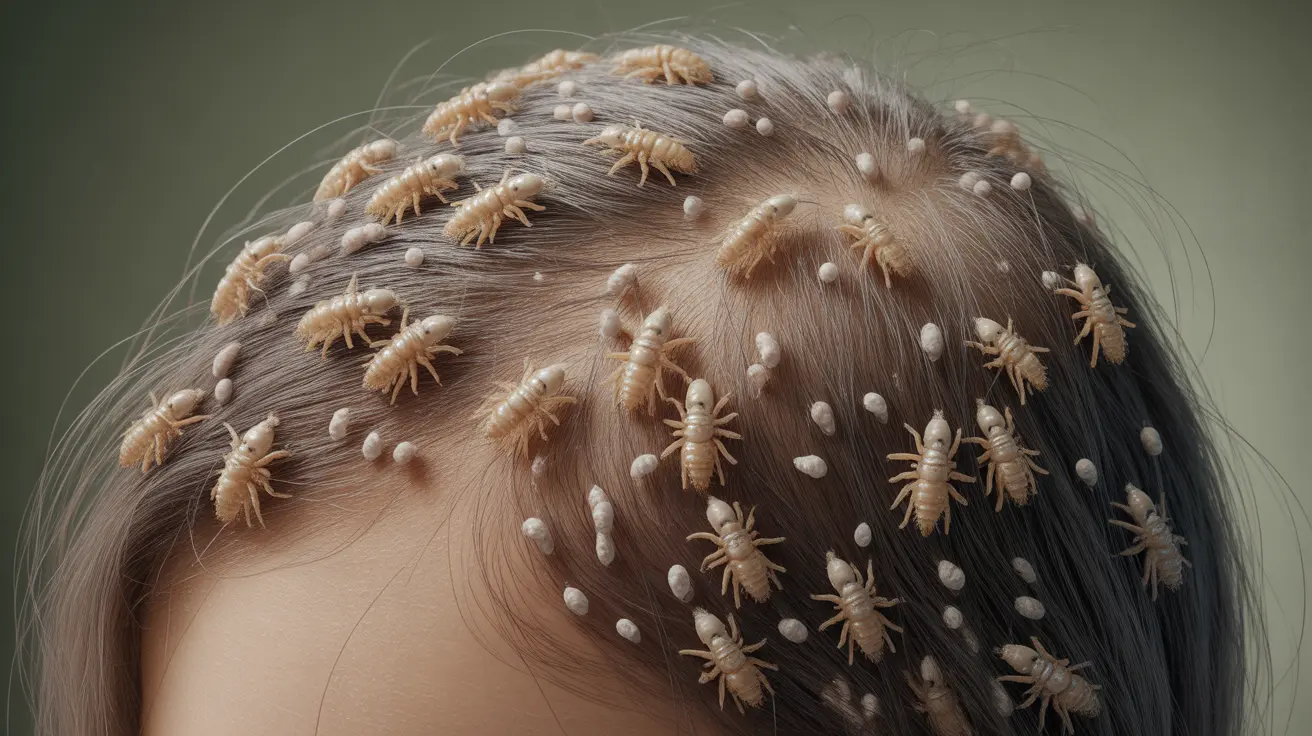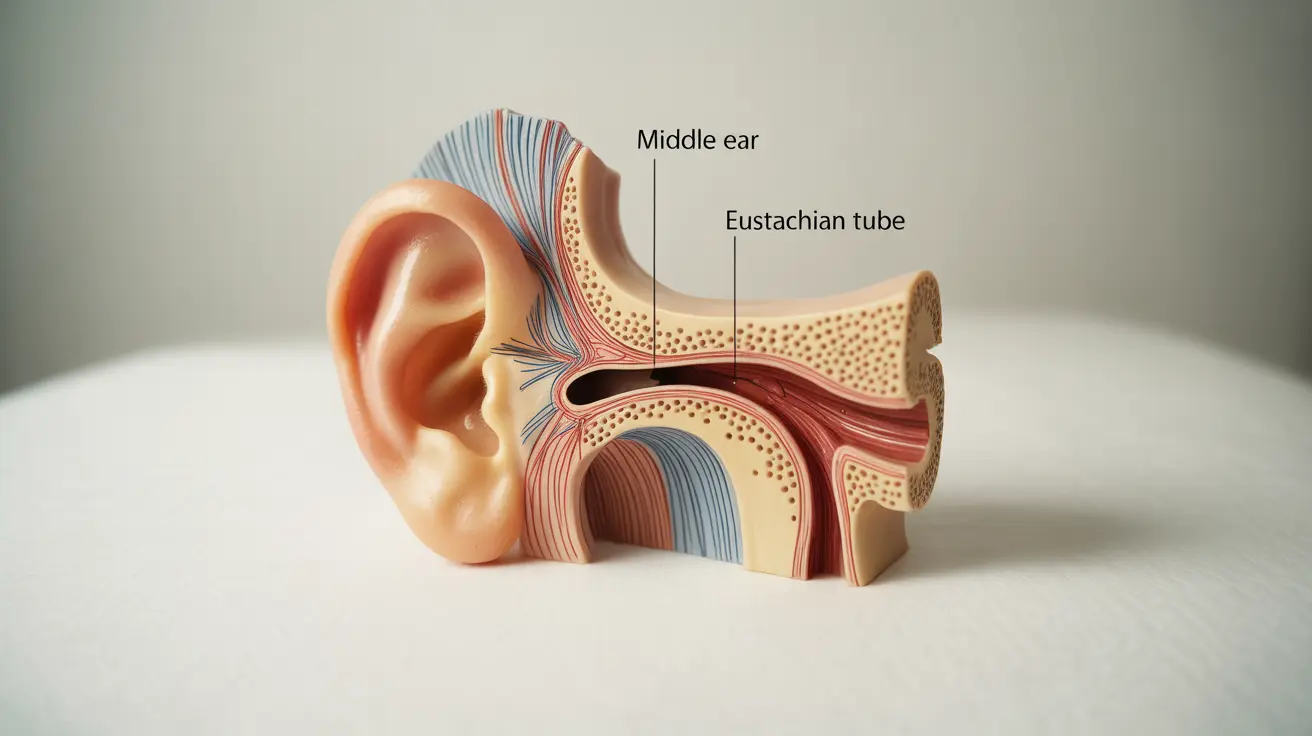Deep lines or wrinkles on the bottom of your feet can be both a cosmetic concern and, in some cases, a sign of underlying health issues. Understanding the causes and proper treatment options is essential for maintaining healthy, comfortable feet. This comprehensive guide explores why these lines develop and what you can do about them.
Common Causes of Deep Foot Lines
Several factors can contribute to the development of deep lines on the bottom of your feet:
Natural Aging Process
As we age, our skin naturally loses elasticity and collagen production decreases, leading to the formation of more pronounced lines and wrinkles, including on the soles of our feet.
Pressure and Weight-Bearing
Regular walking, standing, and daily activities place constant pressure on our feet. This repeated stress can cause the skin to develop natural creases and lines over time, particularly in areas that bear the most weight.
Dehydration and Dry Skin
When foot skin becomes severely dry, it's more likely to develop deep lines and cracks. This can be especially noticeable in people who frequently wear open-backed shoes or spend time in dry environments.
Impact of Moisture Exposure
While adequate hydration is important for skin health, excessive moisture can actually worsen foot wrinkles:
Effects of Prolonged Water Contact
Extended exposure to water, such as during swimming or bathing, can temporarily intensify the appearance of foot wrinkles. This natural response, known as skin maceration, occurs when the skin absorbs excess moisture.
Sweating and Moisture Control
Excessive sweating (hyperhidrosis) can lead to ongoing moisture problems, making feet more susceptible to developing deep lines and other skin issues. Proper moisture management is crucial for foot health.
Treatment Options for Deep Foot Lines
Several effective treatments can help improve the appearance and health of wrinkled feet:
Moisturizing Treatments
- Urea-based creams
- Heavy-duty moisturizers
- Natural oils like coconut or olive oil
- Specialized foot balms
Exfoliation Methods
Regular, gentle exfoliation can help remove dead skin cells and reduce the appearance of deep lines. However, it's important not to over-exfoliate, as this can damage the skin barrier.
Prevention Strategies
Taking proactive steps can help minimize the development of deep foot lines:
Proper Footwear
- Choose shoes that fit well and provide adequate support
- Avoid prolonged wearing of wet shoes
- Use moisture-wicking socks
- Allow shoes to dry completely between uses
Daily Foot Care Routine
Establish a consistent foot care regimen that includes cleaning, drying thoroughly, and applying appropriate moisturizers. Pay special attention to the areas between toes and any existing lines.
When to Seek Medical Advice
While most foot lines are harmless, certain symptoms warrant professional attention:
- Deep cracks that cause pain
- Signs of infection
- Bleeding or oozing
- Persistent discomfort
- Rapid changes in appearance
Frequently Asked Questions
1. What are the common causes of deep lines or wrinkles on the bottom of the feet? Deep lines commonly result from aging, pressure from walking and standing, dehydration, and prolonged exposure to moisture. Genetics and foot structure can also play a role.
2. How can prolonged water exposure or sweating affect the appearance of lines on the soles of the feet? Extended water exposure can cause temporary skin maceration, making wrinkles more pronounced. Excessive sweating can lead to ongoing moisture issues, potentially worsening existing lines and creating new ones.
3. When should I be concerned about deep wrinkles on my feet and seek medical advice? Seek medical attention if deep lines are accompanied by pain, bleeding, signs of infection, or sudden changes in appearance. Additionally, diabetic individuals should have any foot changes evaluated promptly.
4. What treatments or care options are recommended for dry, wrinkled, or thickened skin on the soles of the feet? Regular moisturizing with specialized foot creams, gentle exfoliation, proper hydration, and consistent foot hygiene are recommended. Using products containing urea or salicylic acid can help manage thickened skin.
5. How can I prevent or reduce deep lines and wrinkles on the bottom of my feet through daily care and footwear choices? Maintain good foot hygiene, use appropriate moisturizers, wear well-fitting shoes with proper support, and use moisture-wicking socks. Regular gentle exfoliation and protecting feet from excessive moisture can help prevent deep lines.




